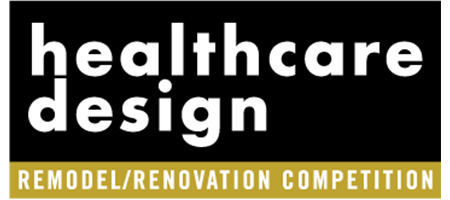 It’s hard to go a day without seeing something new on artificial intelligence (AI), whether it’s a capability or insight into its potential effects on a specific industry or business. We’re all thirsty to learn more.
It’s hard to go a day without seeing something new on artificial intelligence (AI), whether it’s a capability or insight into its potential effects on a specific industry or business. We’re all thirsty to learn more.
I recently attended a webinar hosted by the American Society of Business Publication Editors (ASBPE) on “How B2B Journalists Can Use AI Effectively.” The speakers talked about AI as a tool for editors and writers to improve efficiency in their work, such as helping to analyze data, kick-start research, identify sources, and (thankfully) transcribe interviews faster.
What it can’t do, the speakers emphasized, is replace the human overlay—that person with deep industry knowledge who can add expertise and perspective (as well as ethical guidance) to topics and discussions.
Like many sectors, the healthcare design industry has made meaningful strides in the adoption of AI. It’s being used to enable smart hospital systems that optimize patient flow, monitor equipment usage, and predict maintenance needs. It’s also helping create personalized patient experiences by analyzing data on pain management preferences, lighting, and room acoustics as well as inform room layouts and workflows for AI-integrated diagnostic equipment.
I’ve also heard firsthand from healthcare design professionals on how the tool is impacting their work, from assisting in the design process to improving safety practices on active construction sites. As we all lean into AI to “find the good among the warts,” as one of the ASBPE speakers put it, it’s important to stay transparent and share ideas and lessons learned to move forward in the best way possible.
AI insights at 2025 HCD Conference + Expo
The 2025 Healthcare Design Conference + Expo, Oct. 25-28 in Kansas City, Mo., will include several sessions on the topic.
- On Sunday, Oct. 26, the session “More Human Healthcare: AI and the Patient Experience” will discuss integrating AI into healthcare from a clinical perspective and its effect on the patient experience.
- Also on Sunday, “Rethinking the Design of Adolescent Crisis Stabilization Units With Physical Mock-Ups and AI” looks at a multimethod study incorporating an innovative approach combining AI and simulations in full-scale physical mock-ups to evaluate design features, caregiver workflows, and safety.
For further inspiration in planning your HCD Conference experience, our preview details some of the new educational tracks offered this year, exhibit hall highlights, and can’t miss eats and activities in Kansas City. For the full conference agenda and schedule, go to hcdexpo.com.
Anne DiNardo is editor-in-chief of Healthcare Design and can be reached at [email protected].












